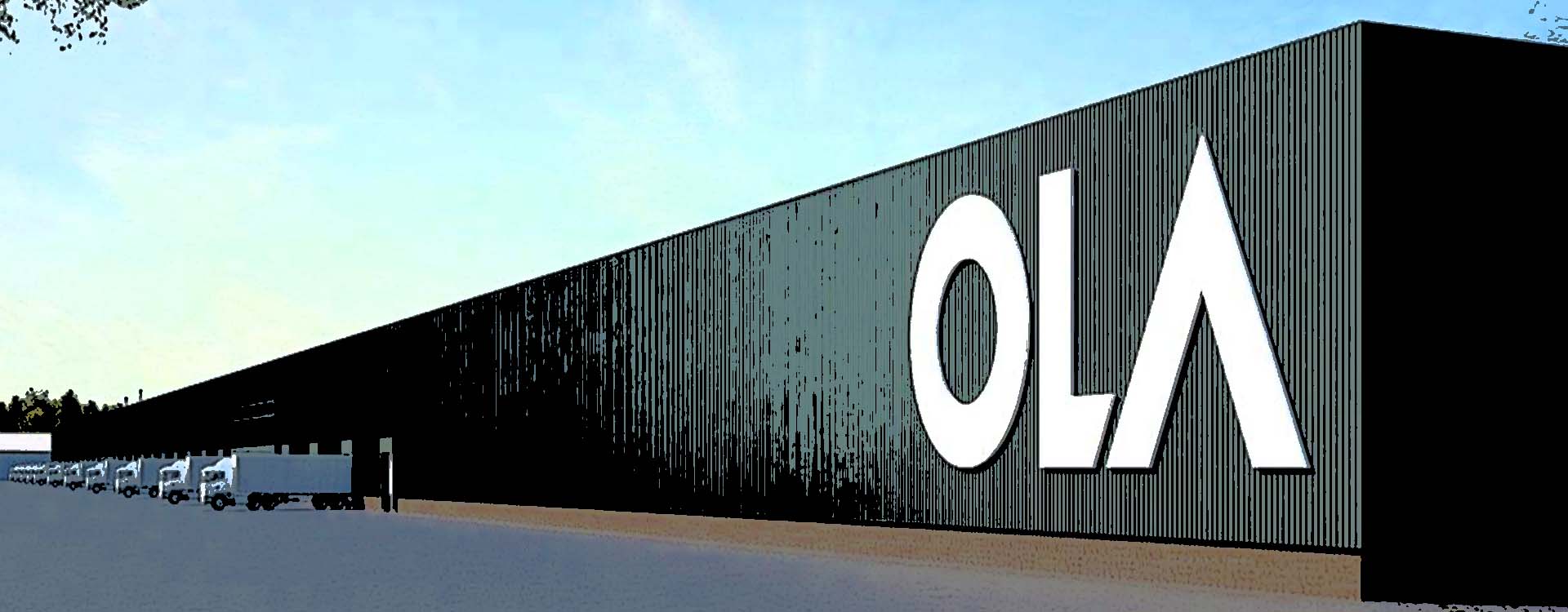Electric 2 and 3 wheelers are the next revolution in sustainable transport. These are not new concepts and have been around for a while. They are slowly receiving more spotlight as their performance is now matching that of fuel vehicles. State Governments are encouraging Electric Vehicle manufacture with the FAME (Faster Adoption and Manufacture of Hybrid and EV) II scheme. Ola, the ride-hailing company has stepped into the EV business with their state-of-the-art production facility at Krishnagiri in Tamil Nadu.
Why Krishnagiri?
The Government of Tamil Nadu has already signed MoUs (Memorandums of Understanding) with several EV (Electric Vehicle) makers, and Ola is one of many. Ola has signed this MoU valued at INR 2400 Cr prior to the land acquisition at Krishnagiri. Spanning a total of 500 acres in area, the location was just empty rock land for the longest time before becoming Ola’s base for its flagship project. The factory site is located near Krishnagiri in Tamilnadu. Tamil Nadu is one of the fastest growing states with a conducive policy environment for cutting-edge technology development including manufacture of EVs.
Tamil Nadu Electric Vehicle Policy 2019
Tamil Nadu fosters an automotive ecosystem. 35% of India’s overall auto components production occurs in the state of Tamil Nadu. Tamil Nadu’s electric vehicle policy 2019 offers incentives for vehicle makers and suppliers investing INR 50 Cr. The state is targeting an investment of INR 50,000 Cr in EV manufacture.
Incentives for EV Makers
EV makers can enjoy full reimbursement of state GST on vehicle sales. They will also receive capital subsidy, 100% electricity tax exemption, and 15-50% subsidy on land cost.
About the Project
Ola’s electric scooter factory project titled ‘Ola Future Factory’ will be commencing its first phase of operations. With 10 M man hours allocated for the factory construction, it will have an annual installed capacity of 10 M electric scooters. The mega two-wheeler factory is also the world’s largest 2W factory.
5000 Robots
This factory is set to be India’s most-automated plant which will have about 5000 operational robots alongside automated guided vehicles in full-capacity.
Focus on Sustainability
Ola’s electric vehicle arm will contribute to India’s initiatives towards green mobility. They will supply their EV to the CESL (Convergence Energy Services Ltd) for this cause. Ola’s scooters will be eco-friendly and will be an answer to rising petrol and diesel prices in the country. The Future Factory will employ sustainable energy practices for production and will reduce its overall carbon footprint when they step up on production capacity. The factory will use solar and renewable energy for manufacturing and rely on carbon-negative operations.
100 acres of Forest Cover
The entire factory will be high on sustainability with 100 acres of forest cover around it and 2 acres of forest cover within the factory.
‘‘
The Government of Tamil Nadu has already signed MoUs (Memorandums of Understanding) with several EV (Electric Vehicle) makers, and Ola is one of many.
What’s in it for me?
There is tough competition in the EV manufacturing sector and even Ola will not be spared from the heat. But Ola is aggressively expanding in the space since the EV sector in India is growing rapidly although currently its still at a fledgling stage. The demand for EV vehicles is strong especially in India which is the world’s largest two-wheeler market. Ola has realised the potential at the right time and quickly moved into automobile manufacture as a separate wing.
The recent amendments to the FAME II electric vehicle policy will be beneficial for EV start-ups in the country. As per the amendments, electric two wheelers can benefit from a demand incentive of INR 15000 per kWh. Also, there is a 40% cap on incentives on the total cost of the vehicle. Battery powered two-wheeler start-ups who comply with the eligibility criteria of 80 km minimum range and a top speed of 40 km/h can avail subsidy under the FAME II scheme.




